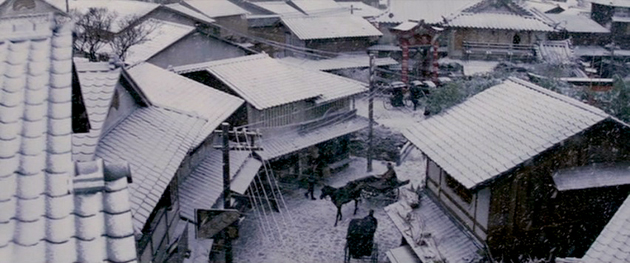John Myhre

AS: Say someone was starting out in this business. How would you advise them to avoid pitfalls?
JM: I had a philosophy and I can only say what worked for me and I don’t know if it would work for anyone else. I just took any job I could possibly get to get in the art department. I knew I wanted to be a production designer but I didn’t wait until somebody offered me a job to be a production designer because to be honest with you I’d be working at McDonald’s now. I fought for a job as an art department PA and if I was asked to be there at six in the morning I was there at five-thirty in the morning. And if I heard that they needed someone to come in even earlier to get coffee my hand was the first to go up. And I just tried to make myself invaluable and I just tried to take any job I could get in the art department because you learn so much. I remember that on my first week on Night of the Comet I felt I had learned more than I learned in two years at film school. You learn being around on a set and seeing how things are done, how movies are shot, how the business end works as well as the creative end. You meet people and a lot of it is meeting people.
As a production designer I make sure I’m really nice to all the PA’s because that PA over there could be the producer of my next movie! It just happens that way. When I was an art director and Steve McEveety was a first AD, he said to me, I’m going to be a producer and the first movie I produce you’re going to be the production designer. And lo and behold, four years later I got a call from Steve McEveety saying, I’m producing my first movie, you’re the production designer. Steve McEveety, who went on to be a big producer with Icon and did Braveheart and these fantastic movies.
So just keep enthusiastic. And for me it was just the working, taking the jobs. I designed a lot of really low budget movies. I designed movies where the art department budget was $15,000, but it was a chance to design. And it was a chance be treated as a designer and interact with other departments as the department head. And I know that some people have rejected that route because they want to do more serious, substantial films but for me getting the experience was really important.
AS: Do you feel that production design should be visible or invisible?
JM: I don’t think you’d ever want to feel like you’re being hit in the face with any element of the movie. You try to make it a very cohesive whole. For me it’s about story-telling. We’re are not architects, we’re visual storytellers. And when I read the script for the first time I see the movie in my mind. What can you do to help define the characters? I often try thinking of it like it’s a silent movie. And if you don’t have any dialog how do you tell the story? It’s gonna be the visual setting you see. It’s gonna be the lens, how wide are you, how tight are you? The lighting, the clothes, the architecture, the set-dressing, the colors. That’s how we look at it.
Pingback: David Warren
Pingback: Jess Gonchor
Pingback: David Wasco & Sandy Reynolds-Wasco